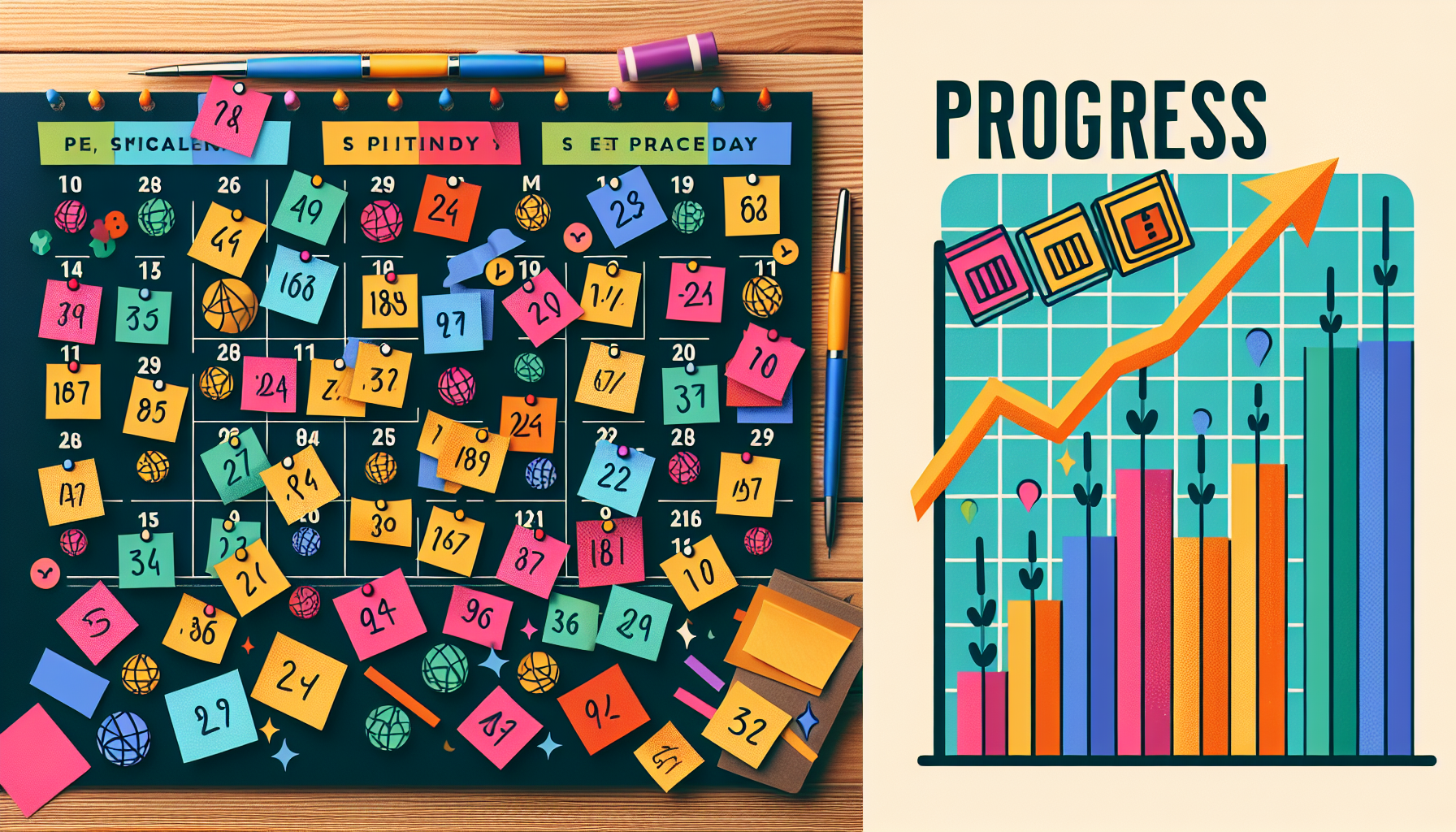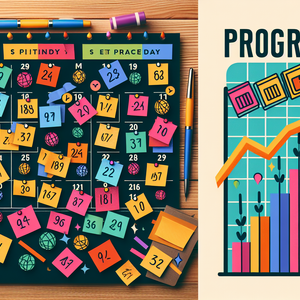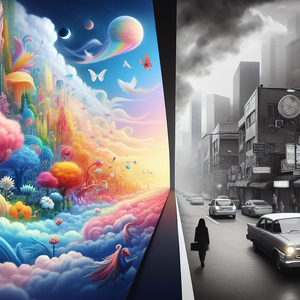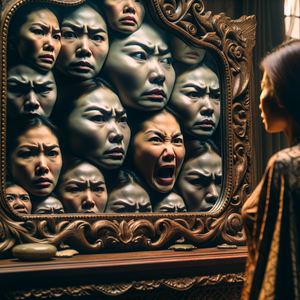Innovative Green Roof Designs Transforming Urban Landscapes

Green roofs are more than just an attractive architectural feature; they embody a significant trend in urban planning aimed at addressing the environmental challenges inherent in city living. These roofs serve multiple essential functions, including mitigating urban heat islands, managing stormwater runoff, and providing habitats for various species. By integrating green spaces into the urban fabric, cities can vastly improve the quality of life for their residents, making them more resilient and sustainable.
Benefits of Green Roofs
1. Urban Heat Island Mitigation: Green roofs help lower ambient temperatures in cities, reducing the energy demands for cooling buildings and lowering greenhouse gas emissions. 2. Stormwater Management: The vegetation and soil on green roofs absorb rainwater, reducing runoff and minimizing the risk of flooding in urban areas. 3. Biodiversity Enhancement: Green roofs provide essential habitats for birds, insects, and other wildlife, contributing to urban biodiversity. 4. Air Quality Improvement: Plants act as natural air filters, absorbing pollutants and carbon dioxide while releasing oxygen, leading to cleaner urban air.
Case Studies of Successful Green Roofs
1. Chicago, Illinois: Chicago is a pioneer in the green roof movement in the United States, having implemented numerous projects that showcase the benefits of this innovative solution. The City Hall green roof, installed in 2001, features a variety of native plants and has significantly reduced energy costs by providing insulation. This green roof has also served as a research site, helping to study the benefits of green roofs in urban environments. The city’s commitment to green infrastructure has inspired other municipalities to follow suit. 2. Singapore: Renowned for its 'Garden City' vision, Singapore has integrated green roofs into its urban landscape in remarkable ways. The Marina Bay Sands hotel boasts a stunning sky park that features a lush garden, offering panoramic views of the city. This innovative design not only attracts tourists but also plays a crucial role in temperature regulation and promoting biodiversity. Singapore's green roofs exemplify how strategic urban design can create multifunctional spaces that benefit both residents and the environment. 3. Berlin, Germany: Berlin has embraced green roofs as part of its dedication to sustainable urban development. The city has mandated green roofs on new buildings, resulting in a vibrant network of green spaces that enhance urban biodiversity. One notable example is the 'Haus der Kulturen der Welt,' which showcases the harmonious coexistence of artistic and functional elements on a green roof. This space serves as a gathering place for locals and visitors alike, illustrating how green roofs can contribute to cultural and social enrichment in urban settings.
Design Principles for Successful Green Roofs
Building a successful green roof requires thoughtful design that balances aesthetic appeal and ecological functionality. Here are some key principles: - Plant Selection: Selecting appropriate plants is critical for a green roof's success. Native, drought-resistant species are often preferred due to their low maintenance requirements and ability to provide essential habitats for local wildlife. - Soil Composition: The substrate used for green roofs must support plant growth while ensuring proper drainage. Lightweight soil blends that retain moisture without becoming waterlogged are essential for healthy plant development. - Water Management: Efficient irrigation systems, such as smart irrigation technology, can help manage water use effectively, ensuring that plants receive adequate hydration without waste. - Accessibility: Designing green roofs with accessibility in mind encourages their use as recreational spaces. Incorporating pathways, seating areas, and viewing platforms can transform a roof into a vibrant community hub.
Career Opportunities in Green Roof Technology
The growing trend of green roofs opens numerous career opportunities for individuals interested in this field. Some potential career considerations include: 1. Horticulturist: Specialists in plant care and cultivation who can guide the selection of appropriate vegetation for green roofs. 2. Landscape Architect: Professionals who design outdoor spaces, including green roofs, ensuring they are both functional and aesthetically pleasing. 3. Environmental Engineer: Experts who develop systems to manage water runoff and improve sustainability in urban environments. 4. Construction Manager: Individuals overseeing the installation of green roofing systems, ensuring safety and adherence to design specifications. 5. Urban Planner: Professionals involved in city planning, integrating green roofs into future developments to enhance sustainability. 6. Research Scientist: Those studying the environmental impacts of green roofs and developing new technologies to improve their efficiency and effectiveness.
Innovative green roof designs are revolutionizing urban landscapes, offering multifaceted benefits that enhance biodiversity, improve air quality, and contribute to the overall well-being of city dwellers. As cities confront the growing challenges of climate change and urbanization, the adoption of green roofing will play a pivotal role in molding sustainable urban environments. By learning from successful case studies and adhering to effective design principles, cities can create thriving green spaces that fulfill both ecological and community needs, paving the way for a greener, more resilient future. The opportunities presented by this burgeoning field are vast, inviting individuals from diverse backgrounds to contribute to the transformation of urban landscapes.
Green Roof Horticulturist
Landscape firms, urban development companies, and environmental non-profits
Core Responsibilities
Specialize in selecting and maintaining plant species suited for green roofs, focusing on native and drought-resistant varieties.
Conduct soil health assessments and implement amendments to optimize growth conditions.
Collaborate with architects and landscape designers to ensure the plant selection aligns with aesthetic and functional goals.
Required Skills
Strong knowledge of horticulture, especially in urban settings.
Familiarity with sustainable practices and environmental impact considerations.
Experience with irrigation systems and soil management.
Sustainable Landscape Architect
Architectural firms, landscape architecture companies, and governmental agencies
Core Responsibilities
Design green roofs that integrate ecological functions with aesthetic appeal, considering factors like drainage and plant selection.
Develop comprehensive plans that include maintenance strategies and community engagement initiatives.
Work with clients and stakeholders to communicate the benefits and functionalities of green roof designs.
Required Skills
Proficiency in landscape design software (e.g., AutoCAD, SketchUp).
Understanding of local zoning laws and environmental regulations.
Creativity in design along with technical knowledge of plant ecology.
Environmental Engineer (Green Infrastructure)
Engineering firms, environmental consulting companies, and governmental organizations
Core Responsibilities
Design and implement systems for stormwater management that incorporate green roof technology.
Conduct environmental impact assessments and feasibility studies for urban green projects.
Collaborate with city planners to integrate green infrastructure into existing urban landscapes.
Required Skills
Strong foundation in civil or environmental engineering principles.
Proficiency in hydraulic modeling software and environmental impact analysis.
Knowledge of local and federal environmental regulations.
Construction Manager for Green Roof Projects
Construction firms specializing in sustainable architecture and urban development companies
Core Responsibilities
Oversee the installation of green roofs, ensuring projects meet safety standards and design specifications.
Coordinate between contractors, suppliers, and clients to manage timelines and budgets effectively.
Conduct site assessments to evaluate structural integrity for green roof applications.
Required Skills
Experience in construction management with a focus on sustainable building practices.
Strong leadership and communication skills to manage diverse teams.
Familiarity with construction materials and techniques specific to green roofs.
Urban Planner with a Focus on Green Infrastructure
City planning departments, urban development agencies, and non-profit organizations focused on sustainability
Core Responsibilities
Develop long-term urban sustainability strategies that include the integration of green roofs into city planning.
Analyze zoning laws and land use regulations to promote green infrastructure initiatives.
Engage with community stakeholders to advocate for the benefits of green roofs and other sustainable practices.
Required Skills
Strong analytical skills with experience in GIS (Geographic Information Systems) and urban design.
Knowledge of environmental policy and sustainable urban development principles.
Excellent communication and public engagement skills.


